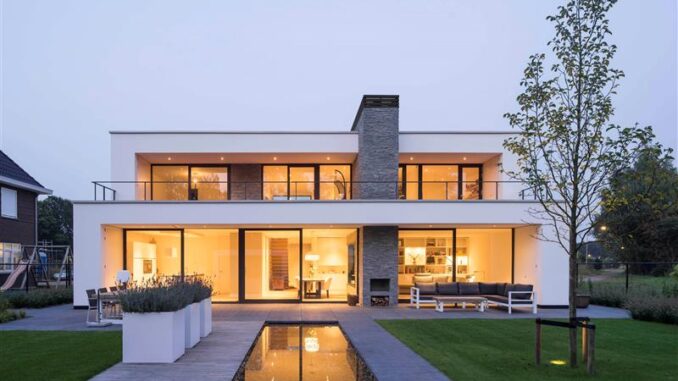
Windows and fenestration play a pivotal role in defining the architectural ethos of a space, both functionally and aesthetically. Beyond their technical performance, windows serve as a bridge between the indoors and outdoors, creating visual continuity while also providing comfort, security, and an enhanced living experience.
Careful consideration of the size, style, and placement of windows is essential, as they directly affect a building’s energy performance. High-performance fenestration can significantly reduce energy consumption by lowering lighting and HVAC loads, especially in non-residential and high-rise residential buildings. The choice of glazing and orientation of windows can dramatically impact the overall thermal efficiency and sustainability of a structure.
Windows and doors also contribute to the spatial dynamics and interior ambiance of a home. Whether they represent 15 to 20% of the wall area or more, their design can shape how a space is experienced. Sleek, minimal profiles are now favoured in contemporary design, as they align with modern architectural languages and styles. Ultimately, window design is key to creating spaces that balance form, function, and emotional connection.
Read the full story that first appeared in Architect and Interiors Feb 2025 issue here:

Leave a Reply